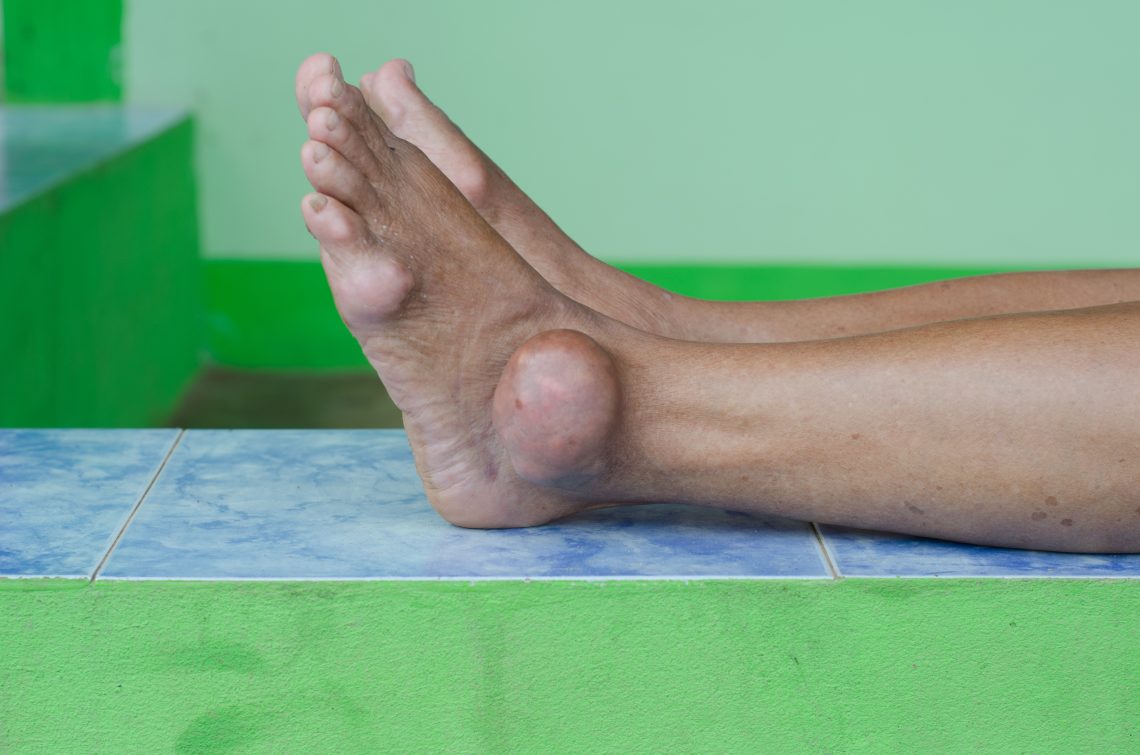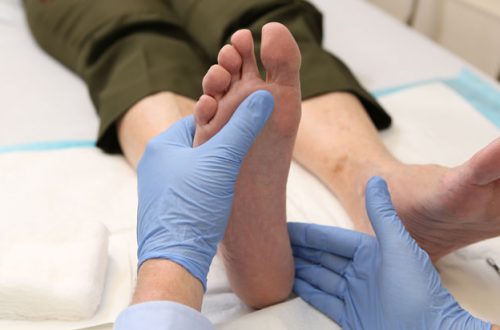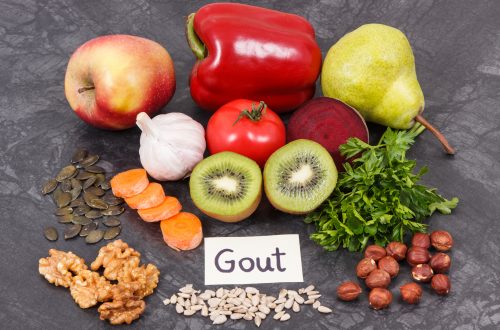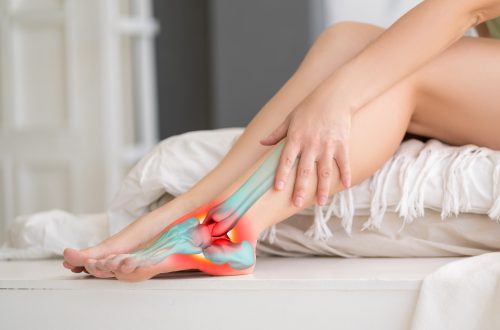
What is Gout?
Gout is a common pathology that has been extensively described in the history of medicine. Gout has been a major public health problem since Galen’s time. It continues to cause disability and morbidity in people who are affected. Although the therapeutics of it have not changed significantly in recent years, it is important to update the literature. There are still errors in its management not only in terms the indication of a drug for a particular clinical situation but also in the careful care that may be required to avoid side effects from the drugs used traditionally.
In this Channel you can learn all about Gout and its natural treatments: Gout Home Remedy
Gout Treatment
The etiopathogenesis must be considered in order to determine the best treatment. Gout can be caused either by an overproduction of uric acids (defined as more than 1000mg/dl of urinary urates in 24 hours) or by a decrease of its excretion (less then 330mg/dl). Patients with decreased excretion account for between 80% to 85% of all cases. These cases are usually associated with genetic predispositions, altered renal function, diuretic therapy, and use of thiazides. Among the causes of uric acid excess production are inherent defects in purine metabolism, accelerated ATP synthesis or increased cell turnover. Gout treatment involves three phases: management of the acute attack, uric acid lowering and prophylaxis against new acute events. Acute gout medications include NSAIDs (non-steroidal anti-inflammatory drugs), colchicine and intra-articular glucocorticoids, and adrenocorticotropic hormonal.
Here you can find the best Natural Gout Treatment: Gout Treatment
Nonsteroidal anti-inflammatory Drug (NSAIDs)
NSAIDs, along with colchicine are the most common drugs used in acute gout attacks. They have less side effects and are preferred for patients with no underlying comorbidities. They are more effective when used within the first 24 hours of an attack. Indomethacin is a well-known NSAID that can treat gout. However, it has a shorter half-life than other NSAIDs. Comparing NSAIDs has not produced significant differences in pain relief or tolerance indices. While NSAIDs can resolve acute attacks in 90% of cases within five to eight days, there are potential side effects. Patients with alterations of renal function, active peptic ulcers, gastrointestinal bleeding, liver dysfunction or anticoagulant therapy (with warfarin) should not be prescribed NSAIDs.
You may also consider using cyclooxygenase 2 inhibitor NSAIDs, taking into consideration the patient’s cardiovascular risk. Similar results were obtained from the standpoint of efficacy between COX2 NSAIDs and nonselective ones. At the time of this review, no studies have been done to compare the efficacy or adverse effects of NSAIDs with colchicine. Colchicine was, as previously mentioned, a popular drug of choice. The use of NSAIDs in older adults is more problematic because they are often associated with multiple underlying comorbidities, polypharmacy, and high susceptibility for side effects. Due to its higher side effects, indomethacin should not be used in these patients. In its absence, other types NSAIDs can be used in low doses for shorter periods.
Symptoms can always vary, here you can learn more about all the symptoms: Gout Symptoms
Colchicine
Since ancient times, this drug has been used to treat acute gout. It is an active alkaloid that is derived from the Colchicum autumnale flower. It is metabolized at hepatic and excreted at renal and biliary levels. It is highly lipid-soluble and has a high volume distribution, which indicates intracellular accumulation. This was especially evident in polymorphonuclear Leukocytes. Its mechanism of action is not yet fully understood, but it is believed to involve interference with tubulin dimers. This causes a change in certain leukocyte functions, such as diapedesis and lysosomal granulation, and chemotaxis. This results in a decrease in leukocyte activation, migration, and even chemotaxis.
A good diet is vital to prevent or cure Gout: Gout Diet
Glucocorticoids
Patients with acute gout have used glucocorticoids, intra-articular or systemic, despite the fact there are few studies and no randomized clinical trials. It is acceptable as an alternative treatment for patients with contraindications or intolerance to NSAIDs and collchicine. It is important to mention that oral administration of corticosteroids is not recommended due to the possibility of severe gout in patients with transplants who are being given prednisolone doses between 7.5-15mg daily.
Patients with arthritis of one or more joints can consider intra-articular corticosteroids if they have side effects or a failure to respond to NSAIDs or colchicine. Before intra-articular corticosteroids are used, it is important to rule out septic arthritis as the cause. The dose will vary depending on the size and location of the affected joint. Triamcinolone can be used in small joints like the feet or hands, but larger joints such the knee may need 40-60mg. This treatment option is effective because it allows intra-articular aspiration. This allows for immediate pain relief or decrease in intra-articular hypertension.
There are many home remedies that help prevent and relieve Gout pain: Home Remedies For Gout
Conclusion
It is important to remember that acute gout was treated before the advent of randomized clinical trials. Also, aside from the appearance of COX2 NSAIDs, no new molecules exist to treat the acute phase.
Furthermore, given the obvious relationship between gout, obesity, metabolic syndrome and arterial hypertension, as well as the fact that no large-scale studies are available in the country, it is important to encourage studies on the clinical management. These studies will compare the EULAR schemes with those used in different hospitals. They will analyze different variables such confirmatory criteria, age, and other co-morbidities to determine if the schemes have an effect on normalizing uricemia, whether the modification of these in quantity or combination have an effect on controlling these levels, and the frequency and the relationship between the various schemes
Studies that examine the effects of drugs to control uric acids levels are not enough. Primary care measures must be taken to educate the population about healthy lifestyle choices. This will reduce the likelihood of hyperuricemia-related diseases and improve the quality of life.




